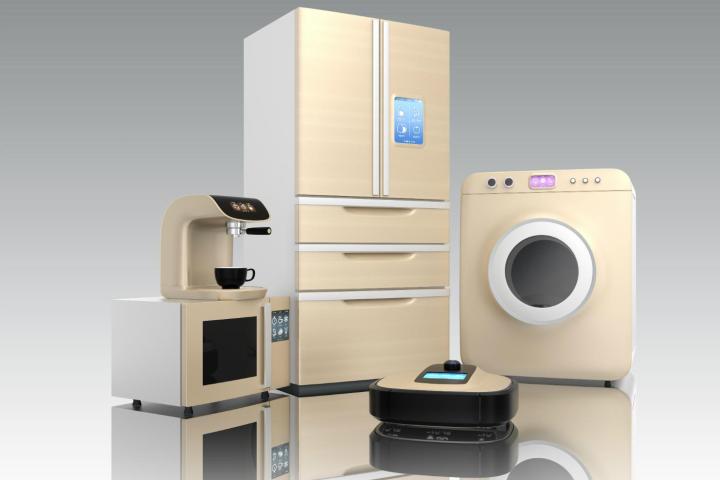
With any new technology, there are those who dive right in, while others wait to find out the water’s condition. Some want to have their 4K TVs by the Super Bowl; the rest want the price to drop or the kinks to be worked out or may never make the switch. The same can be said for the myriad smart home devices out there. Nest, the connected thermostat, has been around for a few years now but they aren’t ubiquitous — yet.
In January 2013, the company was shipping between 40,000 and 50,000 units a month, according to Gigaom. That puts smart thermostats well on their way to the near 70-percent adoption rate by 2019 some analysts predict. There’s a reason that it’s set to be one of the most popular types of smart devices even four years from now: It saves people money. Based on surveys, devices that cut bills and keep homes safe top the list of what consumers are most likely to buy.
Related: 21 gadgets that prove the smart home of the future is almost here
“Not everybody, right now especially, has $1,000 or $1,500 to overhaul their home and to get all the latest smart home goodies, so for me someone is going to be very deliberate in how they enter the market,” says Andrew Thomas, co-founder of SkyBell, a Wi-Fi video doorbell that lets homeowners see who’s on their front doorsteps from their smartphones. With all the competing products, people are going to start with something that reduces energy consumption and saves money or makes them feel more secure in their homes, whether it’s a smart smoke detector or a connected security system.
And it’s not just young adults and early adopters who are becoming interested in the space. Thomas says his company’s elderly customers are interested in a video doorbell, because they can’t get to the door as quickly and can communicate with the person standing on the stoop. Plus, baby boomers are purchasing the product for their parents, so they can keep tabs on who’s visiting. It’s this kind of tech that makes sense to an aging population, more so than color-changing light bulbs. “My dad doesn’t know about Instagram,” says Thomas. “He has an iPhone just because we got him one. But if I tell him about a doorbell or a thermostat, he kind of gets jazzed about it.”
It helps, Thomas adds, that these devices are cropping up in stores that boomers visit regularly. Home Depot partnered with Wink and Lowe’s launched Iris in order to bring home automation to its customers. “My dad doesn’t go into an Apple store, but he does go into a Home Depot,” says Thomas. Once people start seeing more and more of these devices, and witnessing them in action at their neighbors’ homes, a domino effect will start to occur.
This doesn’t address all the concerns people have with the devices, though. Google acquiring Nest probably both helped and hurt the company. It lent the company big-name credibility but also raised some people’s hackles when it came to information-gathering concerns. Others see a connected fridge as an invitation to hackers. “The thing about security is that I think it’s going to take somebody like a Samsung, like a[n] Apple, a Google to put the same level of security in devices that they already do for handsets. And I think that’s already underway. So once people get comfortable with it, I think people will understand that it’s just as safe on their network as a laptop or their Samsung phone,” says Thomas.
If the projected numbers on smart-home adoption rates are accurate, it’s possible one of two things will happen: More consumers could start demanding more insight into companies data-gathering policies and processes, and users will become smarter about strong passwords and two-factor authentication. Alternatively, lots of us could be overwhelmed by the sheer volume of devices and just become complacent about our security and privacy.
Editors' Recommendations
- Go smart or go home: Amazon’s Echo Show 8 smart display is $50 off
- You can snag a pack of 72 AA batteries for $18 if you’re quick
- Ring helps you find your lost furry friend with the Ring Pet Tag
- 6 smart home devices that can save you hundreds per year
- 5 cool smart home gadgets for summer 2023


